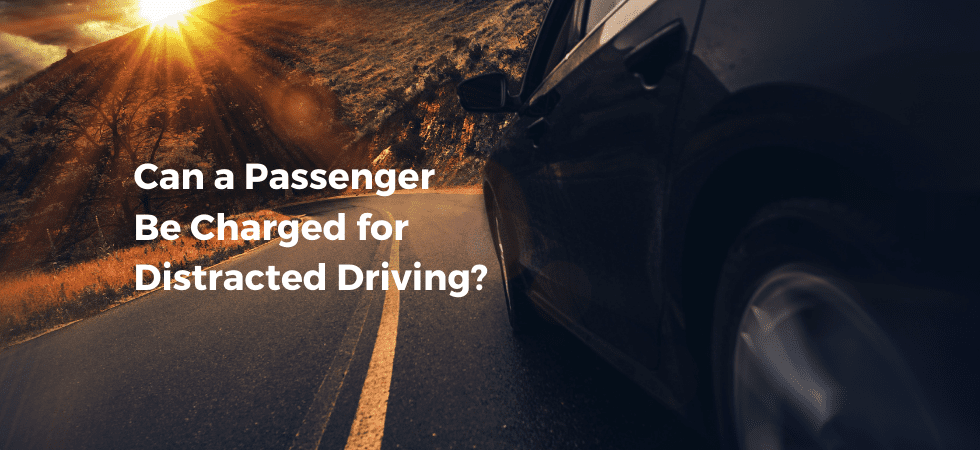Distracted driving, or any activity that removes a driver’s attention from the act of driving, is a very dangerous practice. According to the National Highway Traffic Safety Administration (NHTSA), 2,841 people died due to distracted driving in 2018 alone.
When we think of distracted driving, we often assume the driver bears sole responsibility for the distraction itself. In some cases, however, a passenger inside the vehicle may be the reason for the distraction. In these situations, the passenger may be partially liable for the resulting accident.
What Is Distracted Driving?
As California drivers, we have a responsibility to operate our vehicles carefully and safely. This means that you must focus your attention on the road—manually, visually, and cognitively—so that you can adequately respond to hazards and follow traffic rules. Any distraction that takes your mind, eyes, or brain off the act of driving can raise the risk of an accident.
There are three forms of distractions that can occur while driving.
- Manual distraction, or taking your hands off the steering wheel. Manual distractions may include eating and drinking, applying makeup, fiddling with GPS or radio controls, or texting or typing on a cell phone.
- Visual distraction, or taking your eyes off the road. Visual distractions may include looking at a cell phone, GPS, or radio screen, looking at another person inside the vehicle, or reaching for something inside of the car.
- Cognitive distraction, or taking your mind away from driving. Cognitive distractions may include having a conversation while driving, listening to the radio, daydreaming or becoming lost in thought, thinking about stressful situations, or driving while tired.
Passengers inside of a vehicle can distract a driver, leading to an accident. Passengers can initiate arguments, block the driver’s line of sight, show the driver content on a smartphone, or engage in many other behaviors that impact a driver’s ability to operate his or her vehicle safely.
Passenger Liability for Distracted Driving
California is a fault accident state, which means drivers who cause accidents must pay for victims’ damages. In most cases involving distracted driving, the driver himself or herself is liable for these costs. However, if a passenger’s actions are responsible for causing the accident, you may hold the passenger liable for your resulting injuries.
A driver or passenger may have sole liability for the accident, or both parties can share some portion of the blame based on their actions. Drivers have a responsibility to ignore any distraction to the furthest extent possible. If the driver failed to uphold this duty of care, he or she may be partially responsible for the accident. If the passenger’s actions prevented the driver from operating his or her vehicle safety, the passenger will likely be entirely at fault.
For example, say you are in an accident where a passenger grabbed the steering wheel and caused a vehicle to run a red light. In this situation, the passenger will be at fault for the accident as it would have been difficult for the driver to ignore or avoid the crash.
If you are in an accident where a passenger showed the driver a text message on his phone and the driver ran the red light due to the distraction, both parties will share fault. California’s joint and several liability laws will apply at this stage, which will enable you to file claims against both parties for specific damages.
Seek Help from a California Car Accident Lawyer
Liability in car accident claims involving negligent passengers can be complex. To ensure you file the correct claims and gather the evidence you need to secure compensation, seek the help of a California car accident attorney as soon as possible. Your dedicated car accident attorney can evaluate your case, determine which legal options are available to you, and initiate your first steps toward recovery.
